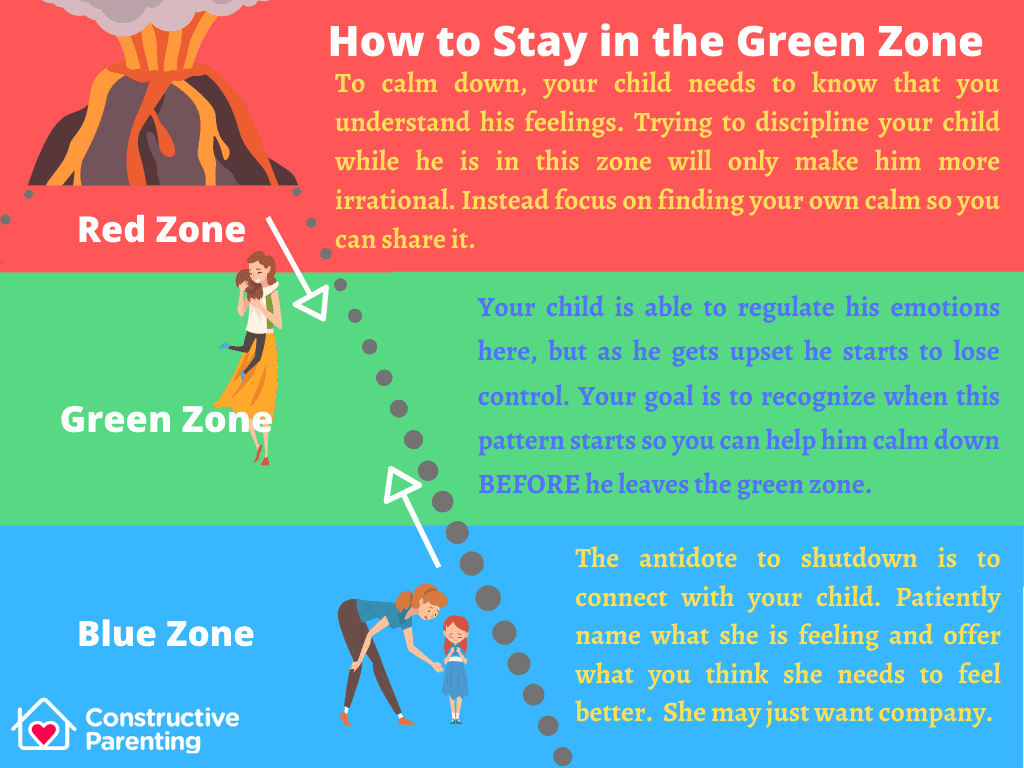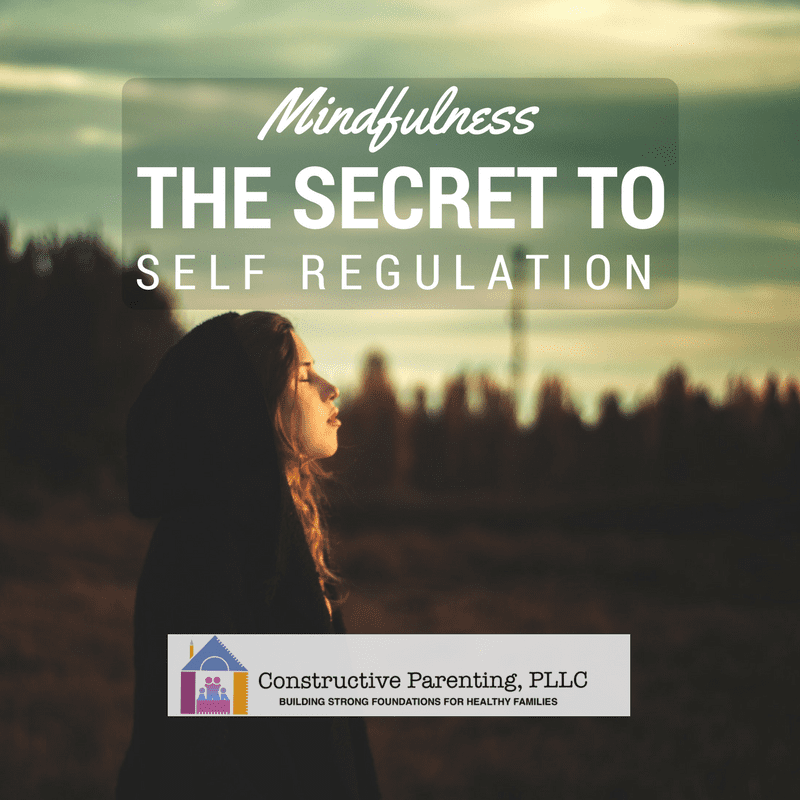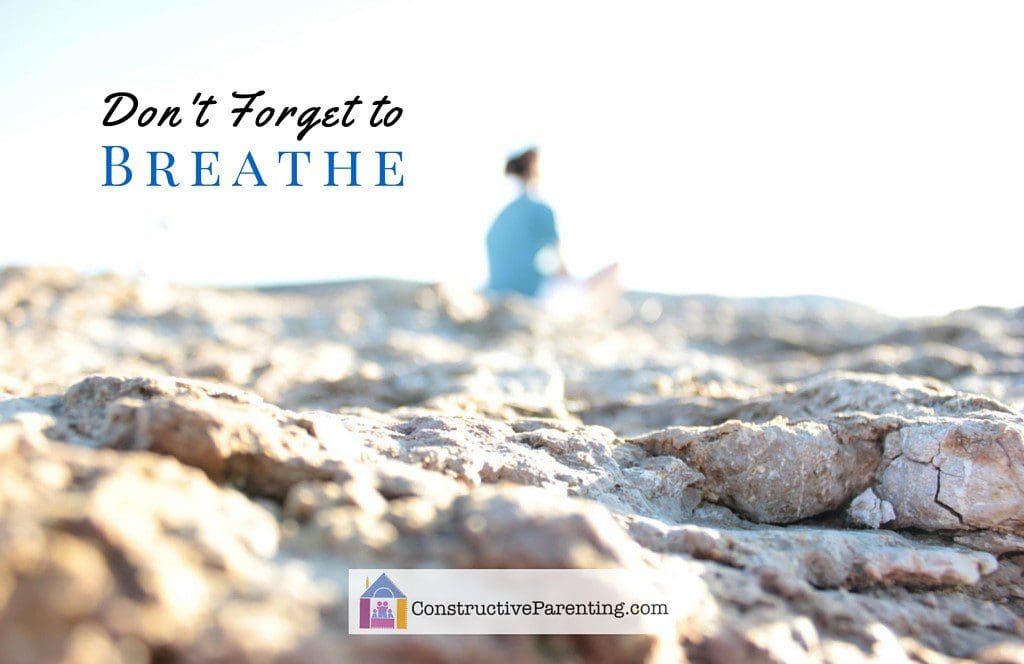Extinguishing Explosive Behavior: Tips for Taming Your Child’s Emotional Reactions

Have you ever found yourself wondering why your child screams or hits? Why he shuts down and refuses to talk? Why he goes from peaceful to full of rage in a matter of seconds? If you have, you are not alone. Children are complicated, and parenting them is difficult. Over the past 20 years, what I have learned is that the answer to these questions about explosive behavior becomes clear when we understand what is happening within a child’s nervous system.
In their book, The Yes Brain, Daniel Siegel and Tina Payne Bryson make this concept easy to understand by describing 3 emotional states, represented by the colors green, blue, and red. Our goal is to live in the calm Green Zone. The Red Zone is full of explosive behaviors, and the Blue Zone is a state of withdrawn shut-down.
When we are in the Green Zone, we are relaxed and flexible. If something goes wrong, we may initially get a little upset, but then we easily bounce back. Everyone has a Green Zone, but unfortunately children’s Green Zones are usually smaller than ours. This is why kids’ emotional reactions seem to go from “0 to 60” before you even have a chance to realize they are upset.
If your child gets upset and immediately erupts in anger, he has moved into “The Red Zone.” Think of this like an exploding volcano. In this zone a child tends to lash out physically and verbally. He is loud and hard to console, because his nervous system has entered a state of fight or flight. The majority of the blood has moved from the part of the brain that usually helps him stop and think to the part of the brain responsible for survival.
Parents, what I want you to remember is that children are not capable of learning how to behave once they have already entered the Red Zone. This means that if you try to discipline them while they are in this zone, they will only escalate further, and they won’t retain what you are trying to teach them. Once they are explosive, the tantrum needs to run its course and then you can think about discipline as they settle back into the Green Zone.
The Blue Zone is the last emotional state and this tends to get less attention because behaviors in this zone are less dramatic. The Blue Zone is a state of shutdown. In this zone the body is limp, shoulders slump, and feelings of hopelessness take over. Your child may sob quietly or become completely quiet staring through you as you try to problem solve what is wrong. Kids enter the Blue Zone because their nervous system has gotten the message that they are in danger and the only thing that will work to keep them safe is to become very still to escape the threat. Please remember that when kids are in the Blue Zone, they do not have access to their logical brain and trying to get them to “snap out of it” by yelling or threatening will only make them withdraw more.
So How Can I Help My Child Stay in the Green Zone, and What Can I Do to Bring Him Back From the Red and Blue Zones?
STEP ONE: Grow your own Green Zone. Find out what helps you feel calm when you would normally get upset. The more you practice this yourself, the more your own Green Zone expands. The best part of this is that when you practice staying calm in front of your child, you are modeling for your child exactly what you want them to do when they get upset.
STEP TWO: Develop an early warning detection system. Learn your child’s patterns so you can recognize the signs that she is about to head out of the Green Zone. Try tracking her behaviors and her emotional reactions for a few days. You might learn that your child always goes to the Red Zone when she is hungry, or that before your child goes to the Blue Zone she gets very quiet. Tough emotions are often triggers: jealousy, sadness, and shame are all common culprits. Growing your child’s Green Zone means helping her learn that feeling these emotions is okay. We all feel bad sometimes, but that doesn’t mean we have to lose our cool.
STEP THREE: Share your calm. The key to getting your child to either stay in the Green Zone or return to it quickly is to make your child feel understood– even if he is being irrational. Remember, timing is everything. The easiest time to connect with your child is when he is starting to get upset but hasn’t left the Green Zone yet. If you get triggered by your child and start yelling at him, he will match your energy and escalate even more. What you want to do instead is to take slow deep breaths and keep yourself calm. Name the emotion that your child is feeling and validate it. For instance, you might say “You are very angry right now. I get it. It feels awful when we don’t get our way, right?” Speak and move slowly as you sit down next to your child. If he pushes you away remember that he is upset and irrational. The reality is he desperately needs to know you are there, that you understand him, and that you love him even when he makes poor choices.
STEP FOUR: Now, it’s time to teach. Once your child has returned to the Green Zone you can start to think about discipline. The root of the word discipline is disciple which means to teach. Your goal is to teach your child your values and while that may involve consequences, teaching may also occur through conversation. When your child is in the Green Zone he has access to the smartest parts of his brain, and you can work with him to problem solve ways he can make better choices in the future.
Do you have questions about this post? Are there parts that you would like clarification about? Leave your comments below. I promise to personally respond to each of them.
If you are looking for a little extra support with growing your child’s Green Zone (or growing your own Green Zone) and you live in NC I would be happy to work with you.














So useful. Thanks for your sharing. I want to ask in tips #3. It’s important to stay calm while teaching your child, but it can be difficult to do, especially when your child has angry feelings. Can you share tips to help parents stay emotionally calm and rational when dealing with their children?
David, great question! I wrote this blog post on that very topic.